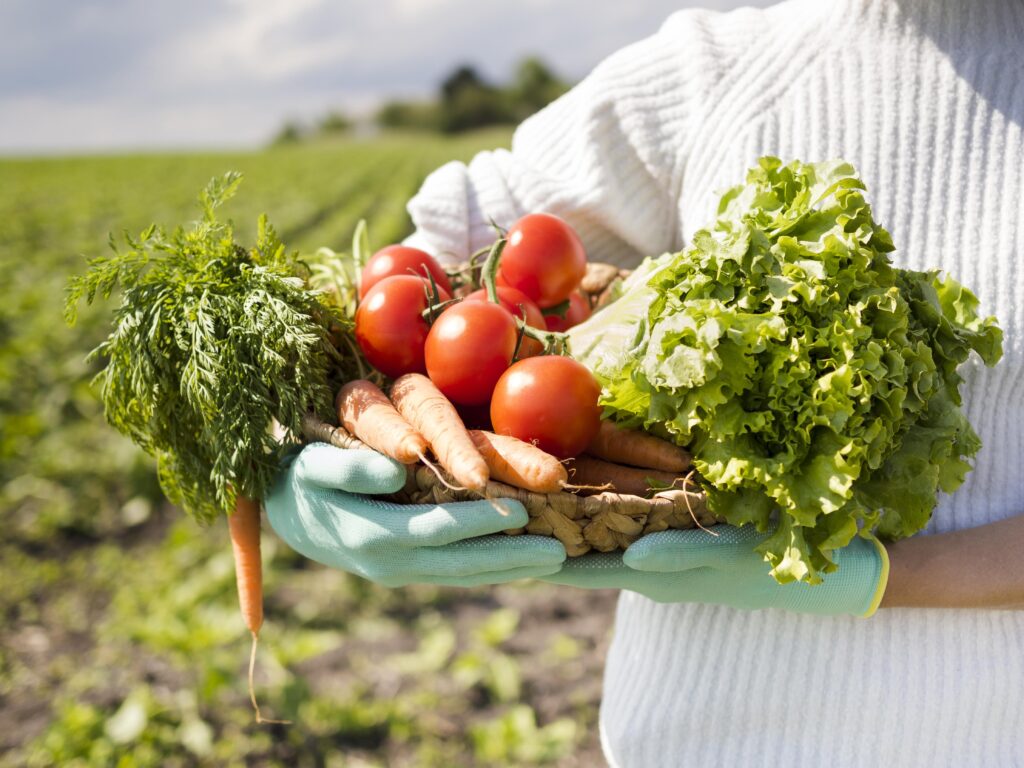A data-driven approach key boost to sustainable rice yields
A study highlights that India’s significant rice yield gaps, especially in Eastern regions, due to underuse of nitrogen and poor irrigation could be boosted with targeted, data-driven farming practices

India, the world’s largest rice exporter and a key player in global food security, has seen significant agricultural progress since the Green Revolution. However, rice production still falls short of its potential. A new study, published in Nature Communications and conducted by researchers from Cornell University, the International Rice Research Institute (IRRI), the International Maize and Wheat Improvement Center (CIMMYT), and the Indian Council of Agricultural Research (ICAR), focuses on ways to bridge this gap using data-driven methods, with a special emphasis on Eastern India.
The study analysed data from over 15,800 fields across seven major rice-producing states in India. It found significant variation in rice yields, with averages ranging from 3.3 to 5.5 tons per hectare. Key regions like Bihar, Odisha, and Uttar Pradesh show substantial yield gaps, with current yields falling 1.7 to 2.4 tons per hectare below their potential. This gap represents an opportunity to boost production through better farming practices.
Two critical factors were identified as limiting rice yields: nitrogen fertiliser use and irrigation. These factors particularly constrained productivity in Bihar, Odisha, and Eastern Uttar Pradesh. In other regions, like West Bengal and Jharkhand, issues such as potassium application and rice variety selection also played roles in yield limitations.
The study challenges the notion that Indian farmers overuse fertilisers. Instead, it suggests that many farmers, particularly in some regions, are underapplying nitrogen, which could significantly raise yields with proper management. According to lead author Dr. Hari Sankar Nayak, optimizing nitrogen and irrigation practices could dramatically increase rice productivity, especially in fields most responsive to these changes.
Using machine learning and SHapley Additive exPlanations (SHAP) values, the researchers developed models to predict field-specific yields and assess how various factors impacted productivity. This data-driven approach allows for tailored recommendations, targeting specific fields where changes in nitrogen and irrigation would have the most impact.
Several scenarios for nitrogen management were tested: applying the recommended uniform nitrogen rate of 125 kg per hectare led to modest improvements; increasing the rate to 180 kg per hectare resulted in higher yields but raised concerns over sustainability and costs. However, the most effective approach was targeted interventions, where nitrogen and irrigation rates were adjusted only for fields most in need, leading to nearly double the yield gains compared to uniform strategies.
The findings suggest a shift in agricultural policy towards data-driven, field-specific practices. Precision agriculture, which combines traditional knowledge with modern data science, could improve productivity, conserve resources, and reduce environmental impacts. This is crucial as India faces challenges such as climate change, water scarcity, and soil degradation.
Co-author Prof. Andrew McDonald emphasised the potential of precision farming techniques to revolutionize rice production in India by focusing efforts where they are most needed. The study calls for collaboration among researchers, policymakers, and farmers, as well as investments in digital tools and localized support systems to bring these findings to life.
With the right mix of data-driven strategies and farmer engagement, India is poised to boost its rice production, secure its food supply, and lead the world in sustainable agriculture, according to co-author Virender Kumar from IRRI.

